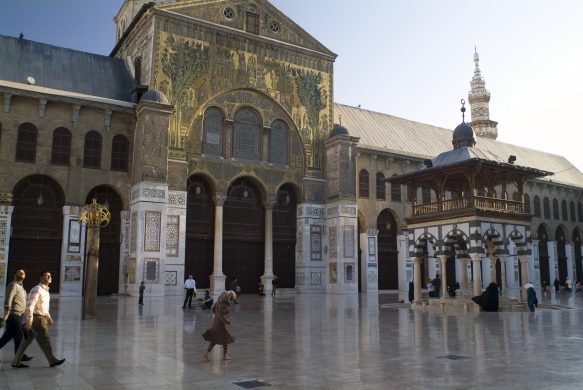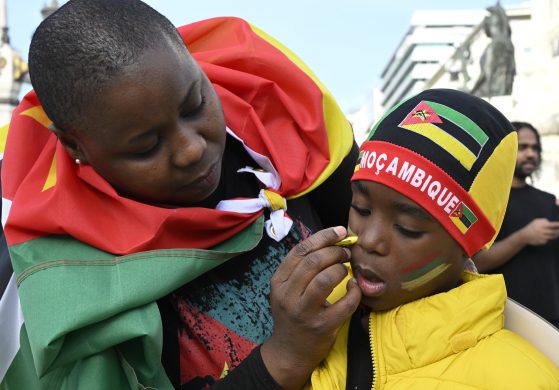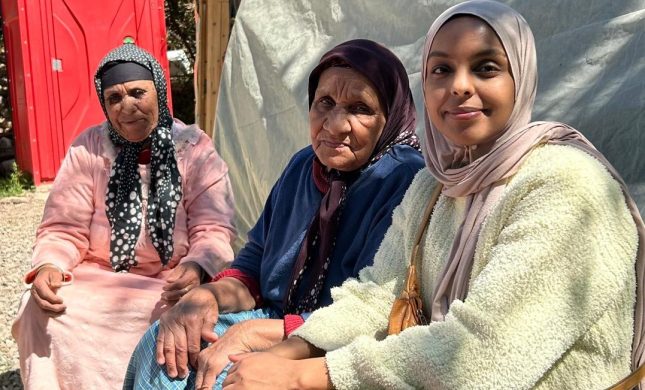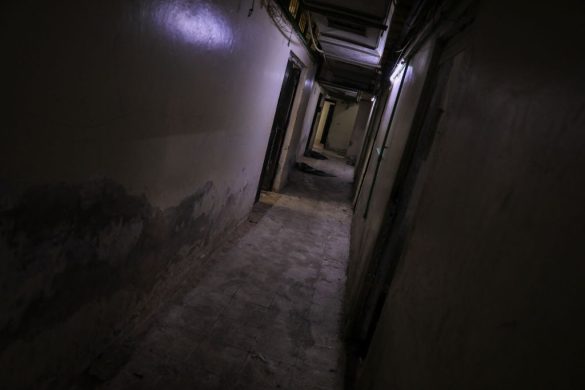At a time when people in the developed world are enjoying longer lives, citizens of the worlds poorest countries (LDCs) are still expecting to live comparatively short lives.
While life expectancy is 82 years in affluent Japan, people in the LDCs – Least Developed Countries – can expect to live no more than 50 years.
Currently, 50 countries are classified as LDCs and many are struggling with abysmal life expectancy figures a decade back. In some countries it was around 35 years, 10 years ago.
– There are 3 million fewer child deaths annually, stated Richard Weingarten, executive secretary of the UN Capital Development Fund, adding: – In the past 15 years, life expectancy in developing countries has increased by two years.”
War-ravaged Afghanistan continues to fare badly with life expectancy at birth being 41 years for males and 43 years for females.
The other Asian LDCs with low life expectancy rates are Burma, Cambodia, East Timor and Laos, where it hovers around 55 for males, while female children are expected to live up to their early 60s.
The other LDCs in the Asia-Pacific region are Bangladesh, Bhutan, Kiribati, Maldives, Nepal, Samoa, Solomon Islands, Tuvalu and Vanuatu. In Bangladesh, the largest LDC, with a population of 143 million, the average lifespan for females is 63 years and for males, 62 years.
Low life expectancy is linked to poor health services. This is reflected in the UN Development Program (UNDP) 2005 human development report. It notes that in countries like Burma public expenses for health account for only 0,4 percent of the countrys gross domestic product (GDP); in Laos public expenses for health is 1,5 percent of GDP and in Nepal it is 1,4 percent of GDP.
Kilder: Inter Press Service og The Push Journal















